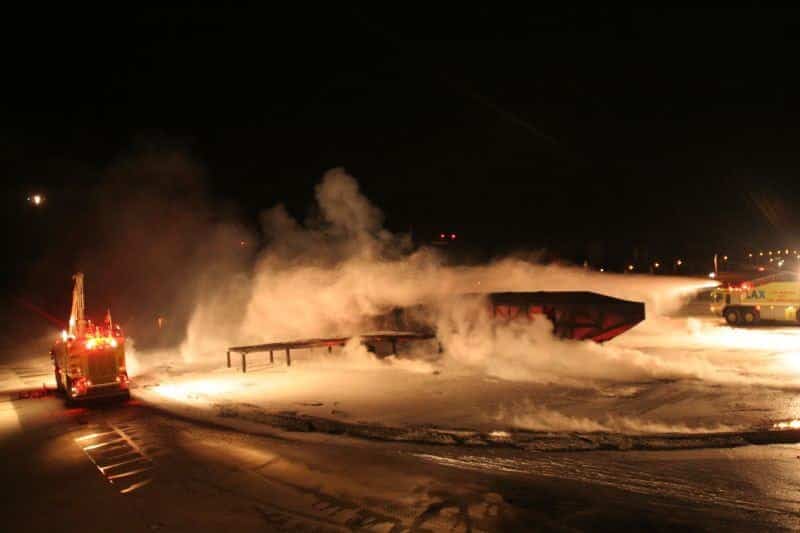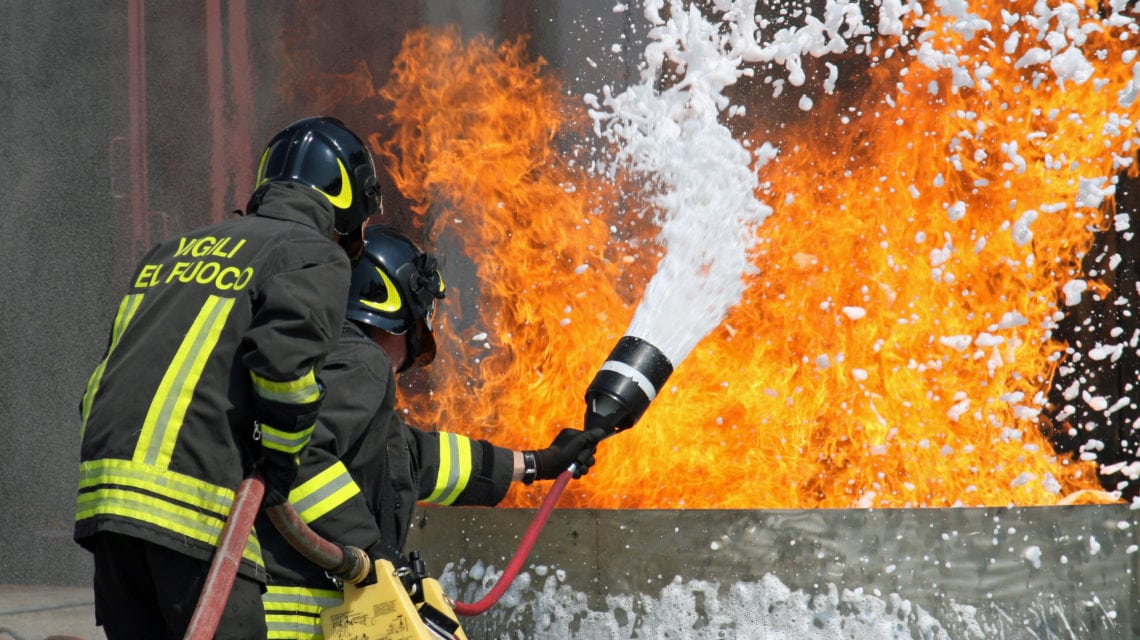
iEnvironmental Australia (iEnvi) was engaged by Transport for NSW (TfNSW) to provide waste classification and beneficial reuse assessment near the Jenolan Caves in the Blue Mountains. The Problem: Construction works on the Jenolan Caves Road project involved excavation of soil and bedrock. Some of that material had been impacted by anthropogenic activities, and all
read more



